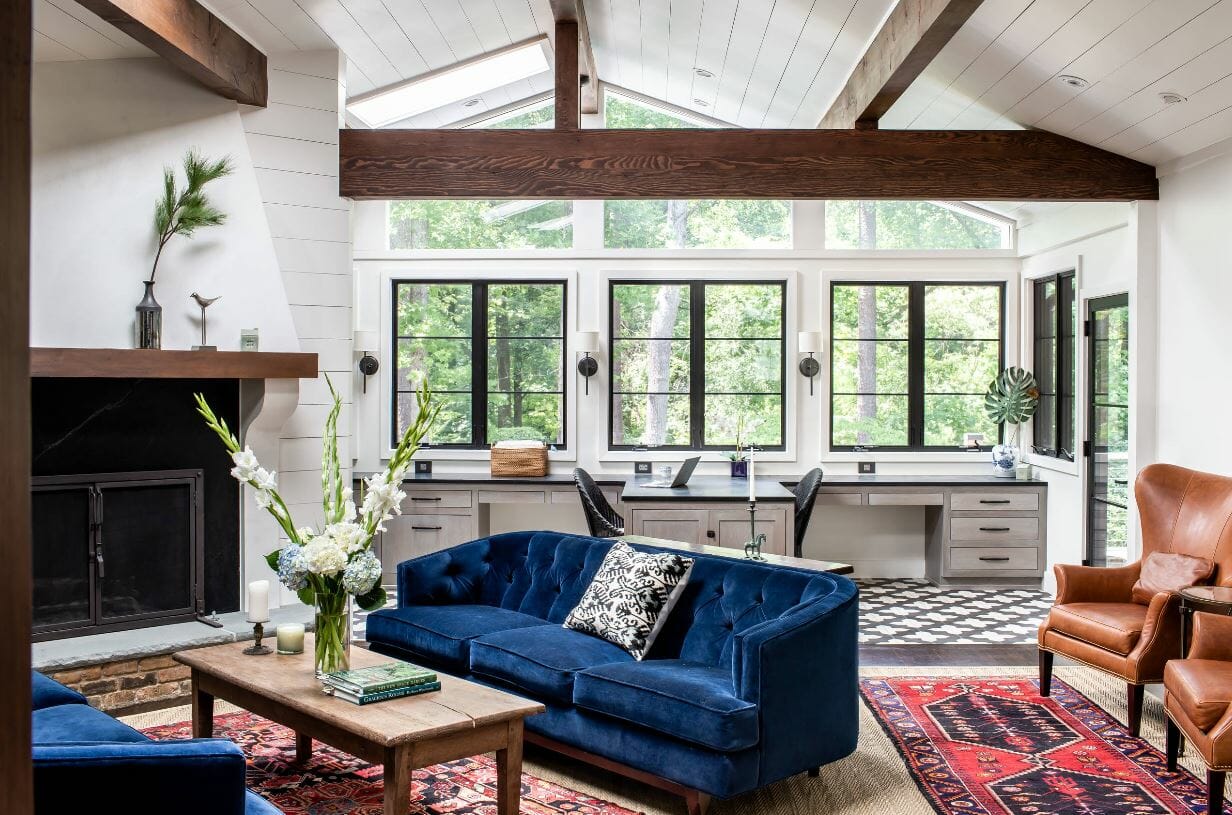Contents
Building a house is more than just erecting a structure; it’s about creating a space that you and your loved ones can call home. Intentional home design allows a smooth transition from the current stage of living to the next. Here, we’ll take you through the key factors you need to consider.
Importance of Space Planning for Future Needs
When your family grows and their needs change over time, your home should be able to accommodate these changes without requiring significant alterations. The solution lies in strategic space planning. Plan for extra rooms that can be converted into a home office or guest room in the future. Leave enough space in your yard that can serve as a playground for your children and later be transformed into recreational areas like setting the proper gaga ball pit dimensions for a pit meant for children and adults.
Think about accessibility and mobility within your home as you get older. Broad entrances, ground-level master bedrooms, and bathrooms with safety features become important in these scenarios. Lastly, consider factors like privacy in your space planning. As your kids grow older, for instance, they will need more private rooms.
Understanding the Basics of Home Design for Longevity
The first step in creating a home that can adapt to your family’s changing needs is to understand the basics of home design. The aesthetics, functionality, and space maximization come into play. Here, you might require the services of a professional home builder who can guide you on the best designs based on your home goals.
The design of your home should reflect your lifestyle needs, personal taste, and provide space for future adjustments. For instance, open floor plans often provide room for alterations, and single-floor designs can be progressive as you age.
Adopting nature-friendly designs is vital in longevity planning. Embrace designs that promote natural lighting, effective ventilation, and energy efficiency. Similarly, tailor your outdoor space to suit both current and future activities.
Remember, you’re creating a home and not just a house. Therefore, design your house based on what makes you and your family comfortable, happy, and safe.
Integrating Technology for a Modern Home
Technology is an indispensable part of our lives, and it should play a critical role in your home design. From smart homes to energy efficiency, the options available are limitless.
Having smart home technology in place lets you control a lot of things at the tap of a button. This includes security systems, lighting, thermostat settings, and even your refrigerator. Embrace solutions that enhance your comfort and convenience.
Incorporate energy-efficient technology into your home design. Radiant floor heating systems and solar panels can help reduce energy consumption and offer year-round comfort.
Finally, remember to lay a solid foundation for future tech enhancements. As technology evolves, make sure your home has room for upgrades.
Creating a Timeless Aesthetic With Interior Design Considerations
Embrace an aesthetic that transcends temporary trends. This not only keeps your home design relevant but also cuts remodeling costs. Consider a timeless color palette that complements different decor styles. Neutral colors offer adaptability and can be easily matched with different themes and accessories over time.
Innovative storage solutions simultaneously serve aesthetic and functional purposes. Custom closets, built-in shelves, and multifunctional furniture pieces make for a tidier and more organized home. Lastly, make your space personal. Display things that share your story. This could be an assortment of family photos, treasured items from travels, or heirloom pieces passed through generations.
Altogether, a home designed for longevity goes beyond size and luxury. Consider your current and future needs, invest in quality materials, and incorporate elements that reflect your personal story and style.


